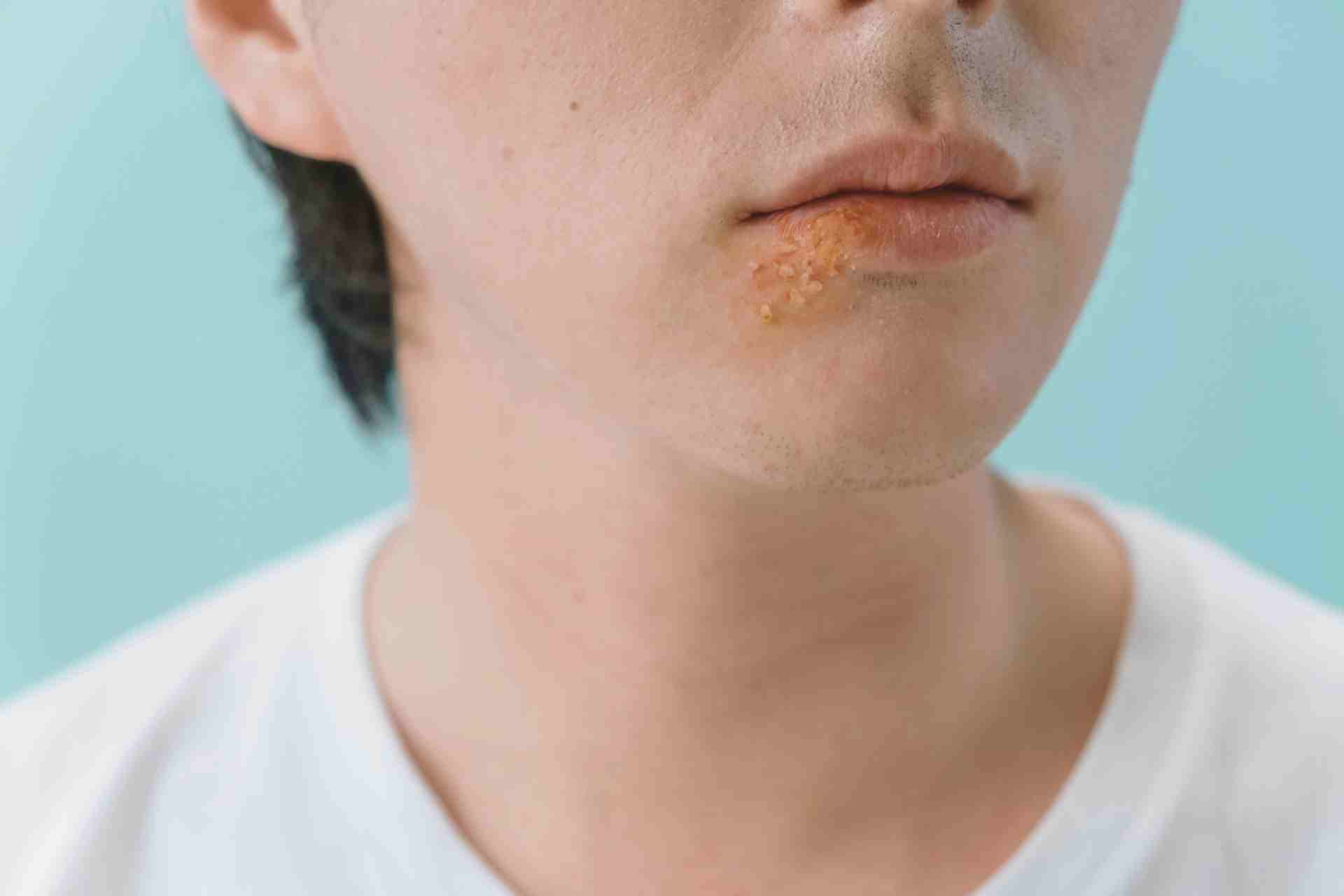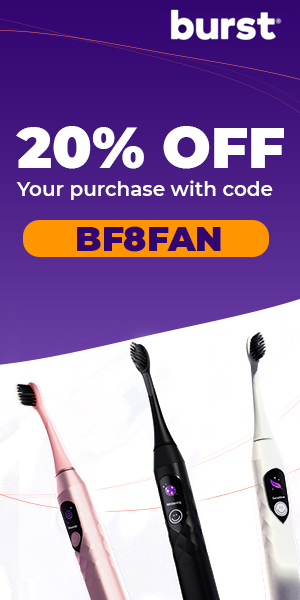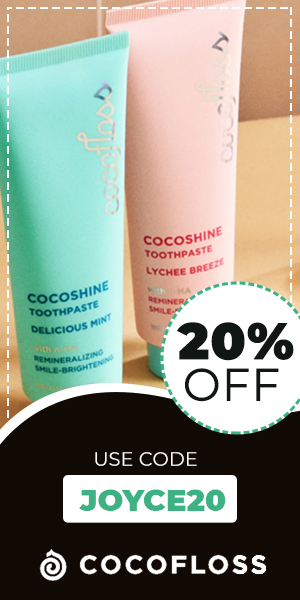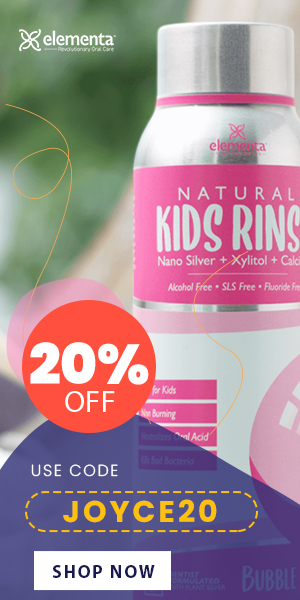Why Are the Corners of My Mouth Cracked and Sore?
You wake up, stretch, yawn—and ouch.
The corners of your mouth feel tight, cracked, maybe even a little raw. Sound familiar?
This frustrating condition is called angular cheilitis, and while it might look like just dry skin, it’s actually a form of inflammation that can get worse if ignored.
The good news? It’s totally treatable.
And better yet, once you know what’s causing it, you can prevent it from coming back.
In this guide, we’ll walk through:
- What triggers angular cheilitis
- How to treat it fast (yes, there are home options)
- And when to check in with your dentist or doctor
Let’s get your smile back to feeling healthy, hydrated, and pain-free.
What Is Angular Cheilitis?
Angular cheilitis is the medical term for inflammation at the corners of your mouth.
It often shows up as red, cracked, or even crusty patches right where your lips meet—and yes, it can hurt when you smile, talk, eat, or yawn.
But don’t confuse it with a cold sore.
Angular cheilitis isn’t viral or contagious. It’s more like a skin reaction, and it usually happens when saliva gets trapped in those folds at the corners of your lips. That moisture breaks down the skin barrier, creating the perfect environment for irritation. And sometimes, infection.
You might hear it called:
- Perleche
- Angular stomatitis
- Or simply, cracked lip corners
Whatever name it goes by, the key is knowing what’s behind it—and how to calm it down quickly.
View this post on Instagram
Who’s Most Likely to Get It?
Angular cheilitis can happen to anyone, but certain groups are more prone to those painful cracks at the corners of the mouth.
It’s especially common in:
- Young children, who might drool, suck their thumbs, or use pacifiers
- Older adults, especially those with deeper smile lines or dentures
- People with braces, retainers, or dental appliances that trap moisture
- Anyone who tends to lick their lips a lot or sleep with their mouth open
View this post on Instagram
It can also be more frequent during cold, dry weather or in those with sensitive skin.
Basically, if there’s moisture that sits in the corners of your mouth too long, and the skin there breaks down, angular cheilitis can creep in.
What Causes Angular Cheilitis?
It often starts with something as simple as saliva.
When moisture collects at the corners of your mouth (whether from drooling, lip licking, or even wearing a mask), the skin can become soft and vulnerable. That broken-down skin is the perfect spot for irritation or infection to take hold.
Common triggers include:
- Excess moisture from saliva, especially if it sits in deep smile lines
- Fungal infections like yeast (Candida) growing in the irritated skin
- Bacterial infections, particularly if the area cracks or bleeds
- Dental appliances that don’t fit quite right and trap moisture
- Chronic lip licking or thumb sucking
- Vitamin deficiencies, especially low iron, B12, or zinc
- Dry weather, sensitive skin, or conditions like eczema
Sometimes it’s one cause, sometimes it’s a mix.
But the bottom line is this: the corners of your mouth are delicate, and when they’re constantly wet and then dry, they break down easily.
What Are the Symptoms of Angular Cheilitis?
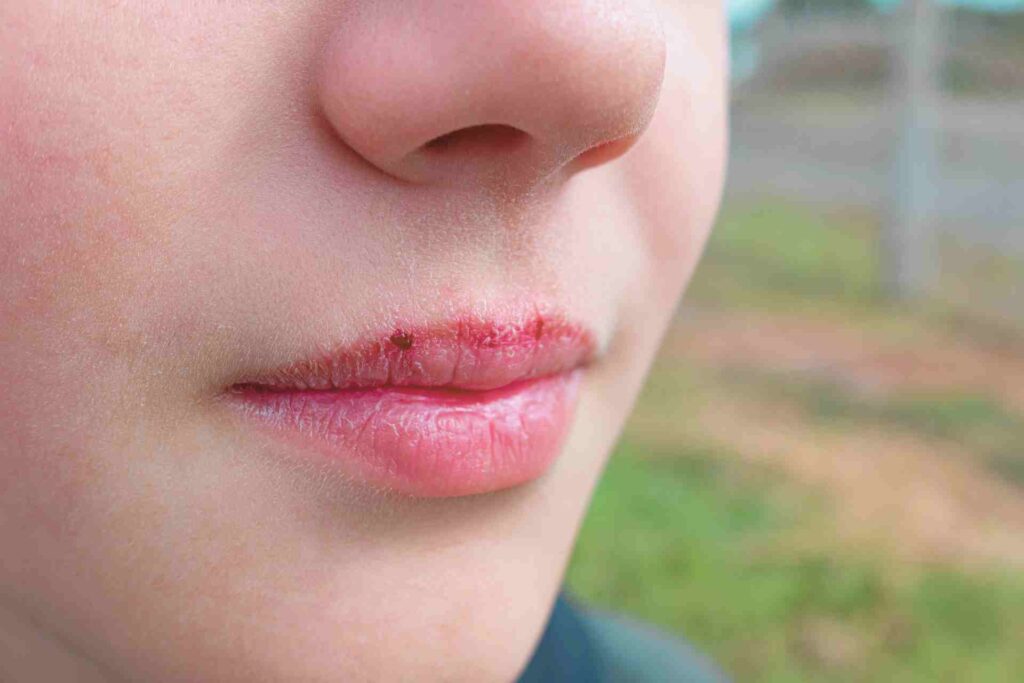
Angular cheilitis doesn’t usually start with a dramatic flair.
It often begins with a little dryness or tightness at the corners of your mouth. But if left untreated, it can become much more uncomfortable.
Here’s what you might notice:
- Cracks or splits at one or both corners of your mouth
- Redness and inflammation that can spread slightly beyond the cracks
- Dry, flaky skin or a white film that won’t brush off
- Pain or tenderness when opening your mouth wide
- Bleeding or scabbing, especially if the area reopens
- In some cases, a burning or itchy sensation
It can look different depending on your skin type, the underlying cause, and whether it’s infected.
If the symptoms stick around for more than a few days or seem to be getting worse, it’s a good idea to get it checked.
How Is Angular Cheilitis Diagnosed?
Diagnosing angular cheilitis is usually straightforward.
Most of the time, your dentist or doctor can tell just by looking at the corners of your mouth and asking a few questions about your symptoms and habits.
If the area looks infected or keeps coming back, they might:
- Take a swab to check for yeast or bacteria
- Recommend blood work to rule out vitamin deficiencies or other conditions
- Look for underlying issues like ill-fitting dentures or frequent lip licking
Quick, simple, and often handled in one visit.
Are Mouth Sores Always Caused by Angular Cheilitis?
Not always. While angular cheilitis is one of the most common causes of cracks or sores at the corners of the mouth, there are several other conditions that can look similar.
Here are a few that your dentist or doctor may want to rule out:
Cold sores (HSV-1)
These often begin with a tingling sensation, followed by small, fluid-filled blisters. Unlike angular cheilitis, cold sores are caused by a virus and are contagious.
Actinic keratosis
These are rough, scaly patches that result from sun exposure. They may feel dry or crusty and have the potential to turn into skin cancer over time.
Leukoplakia
This condition shows up as thick, white patches inside the mouth. It’s often linked to irritation or tobacco use and can sometimes be precancerous.
Oral lichen planus
A chronic condition that affects the soft tissues inside the mouth. It may appear as white, lacy patches or painful red areas.
Oral cancer
A persistent sore, lump, or discolored patch that doesn’t heal on its own should always be checked out to rule out cancer.
Syphilis
In its early stages, this STI can cause red or ulcerated sores around the mouth or genitals and may look similar to other mouth lesions.
If your symptoms don’t quite fit the pattern of angular cheilitis, or if they’re lingering without improvement, a proper diagnosis is key to finding the right treatment.
How Is Angular Cheilitis Treated?
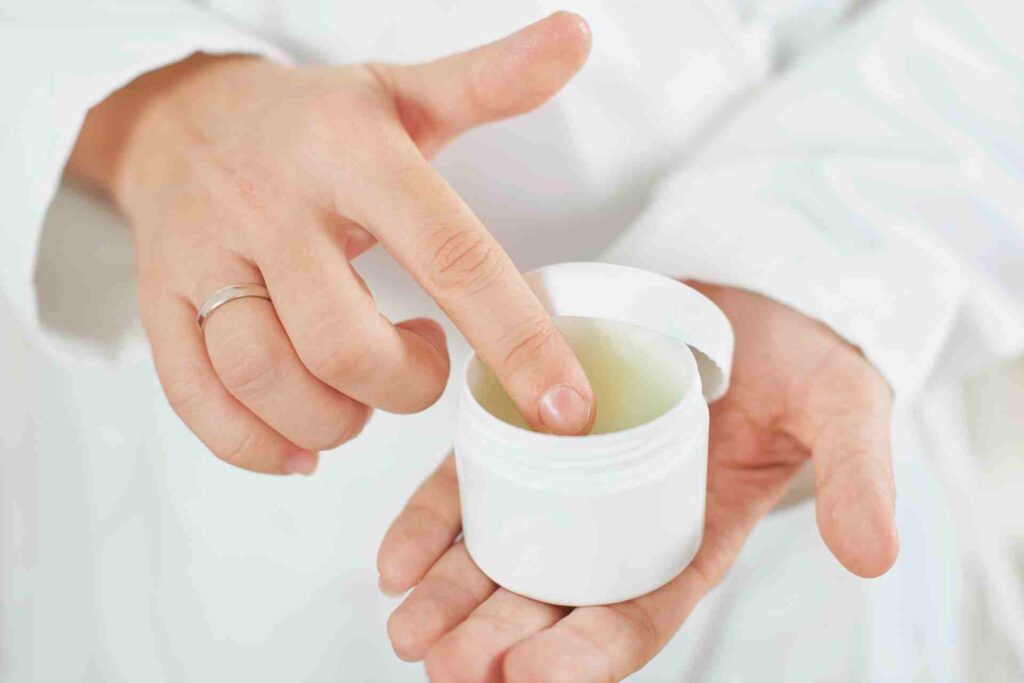
The right treatment depends on what’s causing your symptoms. Simple home care might be all you need if it’s a mild case caused by dry skin or friction. But if there’s an underlying infection or nutritional issue, a more targeted approach will help you heal faster.
Here’s what treatment may include:
Antifungal creams
If yeast (like Candida) is involved, your provider may recommend an antifungal ointment such as clotrimazole or miconazole to clear the infection.
Antibacterial ointments
When bacteria are part of the problem, a prescription antibiotic cream like mupirocin can help calm the inflammation and promote healing.
Moisturizers or barrier creams
Using a thick, unscented lip balm or petroleum jelly helps protect the area and lock in moisture while your skin heals.
Topical steroids
In some cases, a mild steroid cream can reduce inflammation, but it should only be used under professional guidance.
Dental adjustments
If dentures, retainers, or bite issues are contributing to the problem, your dentist may need to make adjustments for a better fit and less irritation.
Nutritional support
Low levels of iron, B12, or zinc can make healing harder and increase your risk of flare-ups. A supplement or dietary change may be recommended based on bloodwork.
What Can You Do at Home to Help It Heal?
Dealing with cracked corners of your mouth can be frustrating, especially when every smile or bite of food stings a little. But there’s good news—you can do a lot at home to help your skin calm down and recover.
Here’s what I recommend if you’re managing a mild case or just trying to stay comfortable:
Keep it clean and dry
Gently wipe the corners of your mouth with a soft cloth and warm water—no need for anything fancy. Skip the harsh mouthwashes or soaps that might make things worse.
Use a protective barrier
Petroleum jelly or a thick, unscented balm can seal in moisture and protect your skin from saliva, which is often part of the problem. Reapply as needed, especially after eating or brushing.
Try natural soothers
Coconut oil, aloe vera, or raw honey can feel really soothing on dry, irritated skin. They have natural healing properties too—but do a patch test if you’ve got sensitive skin.
Ease the sting with a cool compress
If the area feels sore, press a clean, damp washcloth (chilled is even better) on the corners of your mouth for a few minutes. It’s a simple way to take the edge off.
Be kind to your mouth with soft foods
Spicy, salty, or acidic foods can burn like crazy. Stick with softer, bland options for now—think oatmeal, yogurt, or scrambled eggs.
You can follow my guide on best foods to eat for faster healing after wisdom teeth removal.
Hydrate from the inside out
Dry lips often reflect a dry body. Sip water regularly and skip the lip-licking habit (it only makes dryness worse, even if it feels soothing for a second).
These at-home steps can give your skin the break it needs to heal, especially when paired with any treatments your dentist or doctor recommends.
How Can You Prevent Angular Cheilitis from Coming Back?

Once those cracks finally heal, the last thing you want is for them to return. A few small changes can make a big difference in keeping your mouth corners healthy.
- Keep your lips moisturized, especially in cold or dry weather.
- Address the root cause, whether it’s ill-fitting dental work, a vitamin deficiency, or a habit like lip licking.
- Switch to a gentle oral care routine—and if brushing is part of the problem, check out the best way to brush your teeth without irritating your skin.
- Eat a balanced diet to support your skin from the inside out.
- And don’t ignore recurring flare-ups—they’re usually your body’s way of saying something needs adjusting.
A little daily care goes a long way.
When Should You See a Dentist or Doctor?
Call your provider if:
- The cracks don’t start healing within a few days
- You notice white patches, bleeding, or a spreading rash
- You get recurring flare-ups that seem to come back often
- The area becomes painful, swollen, or warm to the touch
A dental evaluation can help spot hidden causes like bite issues or ill-fitting dental work.
Key Takeaways
- Angular cheilitis causes cracked, sore corners of the mouth, often due to saliva, irritation, or infection.
- Treatment depends on the cause: fungal, bacterial, or mechanical irritation.
- You can speed healing with a mix of medical treatment and home care.
- If it keeps coming back or won’t heal, get a dental checkup to rule out deeper causes.
Stay one step ahead of oral health issues by following @joycethedentist for real-world advice, wellness tips, and ways to keep your smile healthy and beautiful—inside and out.
Frequently Asked Questions
How long does angular cheilitis last?
With the right treatment, most cases clear up in one to two weeks. If it’s stubborn or keeps coming back, it’s worth checking for an underlying cause like a vitamin deficiency or a poorly fitting dental appliance.
Is angular cheilitis the same as a cold sore?
Not at all. Cold sores are caused by the herpes virus and are contagious. Angular cheilitis is an inflammatory condition, usually caused by moisture, irritation, or infection, and it doesn’t spread from person to person.
Can angular cheilitis heal on its own?
Sometimes, yes—especially if it’s mild and you’re keeping the area clean and dry. But if there’s a fungal or bacterial infection, you’ll likely need a prescription cream to fully clear it up.
What’s the best cream for cracked corners of the mouth?
It depends on what’s causing it. Antifungal or antibacterial creams work best for infections. If the skin is just dry or irritated, a thick barrier like petroleum jelly or a medical-grade balm can protect and hydrate.
What’s the fastest way to cure angular cheilitis?
Start by identifying the cause, then treat it directly. If it’s a fungal infection, antifungal cream works fastest. Pair that with keeping the area clean, dry, and protected from further irritation.
Why am I suddenly getting angular cheilitis?
It can sneak up when there’s a shift in your routine—dry weather, new dental work, a weakened immune system, or even stress. Sometimes it’s tied to nutritional changes or increased drooling during sleep.
What’s the best cream specifically for angular cheilitis?
Over-the-counter barrier creams can help protect the area, but for targeted treatment, antifungal creams (like clotrimazole) or antibiotic ointments may be prescribed, depending on whether yeast or bacteria are involved.
How can I tell if it’s fungal or bacterial?
It’s tough to tell just by looking. Fungal infections are more common, but if there’s swelling, yellow crusting, or the area worsens with antifungal cream, bacteria might be involved. Your provider can take a quick swab if needed.




